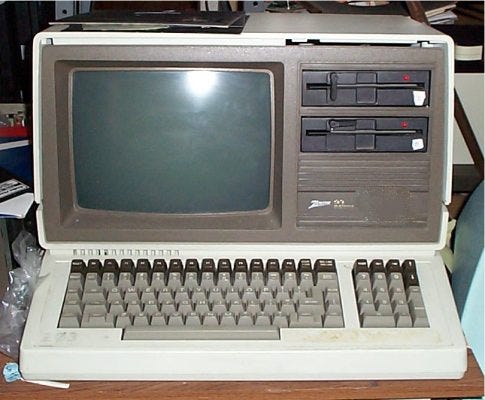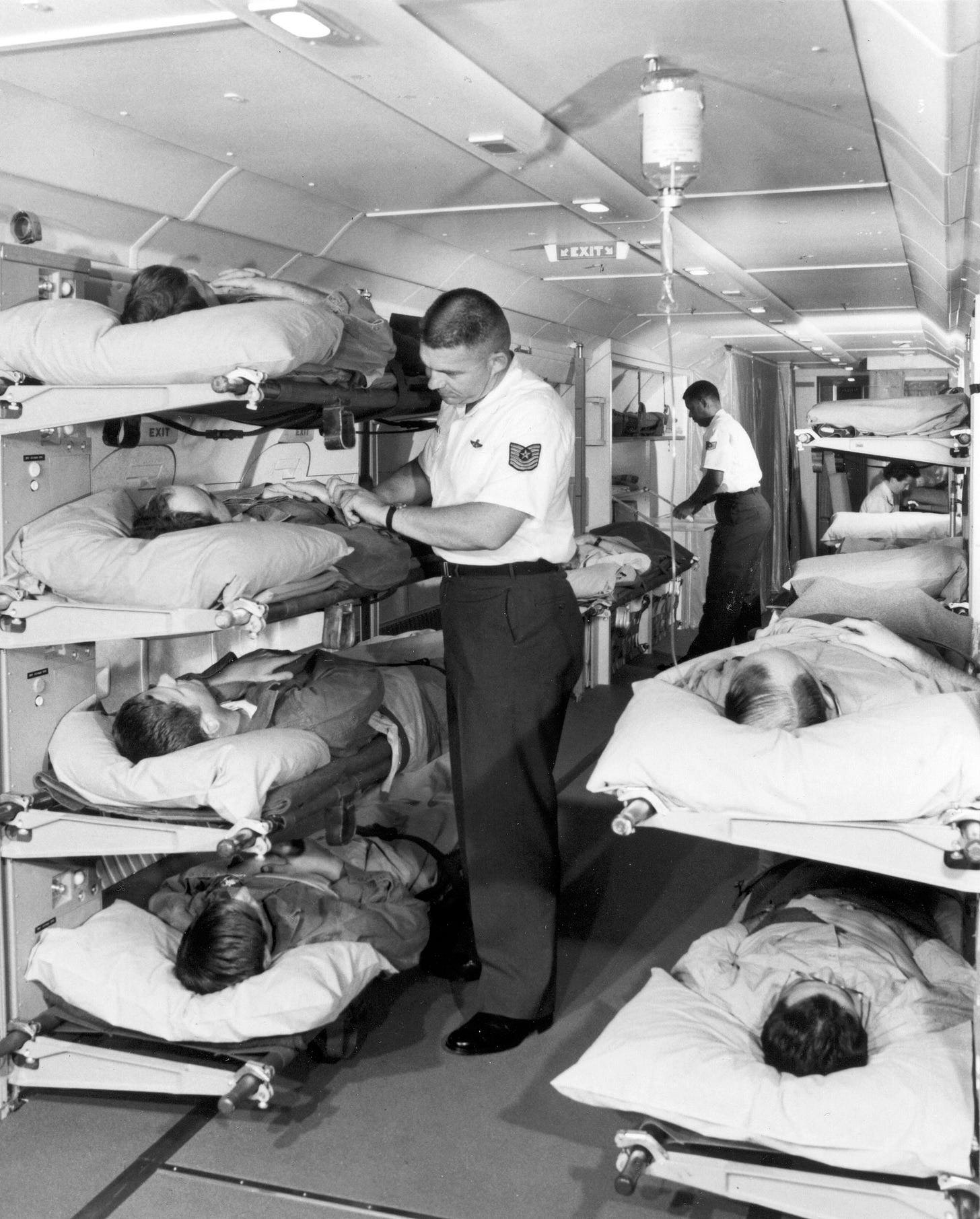Your Human Superpower - Imagination
Way back when, I was on active duty with the United States Air Force, working in the Military Airlift Command (MAC) Surgeon’s office at Scott Air Force Base, Illinois. My job was to “collect and process financial and statistical reports on patient airlift movement in the aeromedical evacuation (AE) system.” I was also responsible for “preparing an actual monthly international AE expense report in addition to tracking and validating an international billing program of approximately $18.6 million.” I also composed a daily briefing for the command surgeon and a weekly briefing for the Commander in Chief, MAC.
The computer tools I had access to for my work were quite rudimentary i.e., dot matrix printers NOT laser/inkjet printers, dinky computer screens, minuscule memory, volatile floppy disk storage, etc.
Then, the Command Surgeon’s office received a networked Xerox 6085 computer system. I remember 5 or six workstations being installed that linked to each other for intraoffice messaging and large laser printers. The 6085 is a workstation that includes advanced (for the time) graphics, spreadsheet, page layout, word processing, and database software. It also included a large keyboard, monitor, and mouse. I had purchased a Macintosh computer to use at home.
I started spending nights learning the system. Lots of hours turned into days over and above my regular working hours. This device energized me (!) because I could see that I could leave the “operating system” focus (Z80/CDOS/CPM/early MS-DOS, etc.) behind and focus on simply getting more work done.
I began creating documents with this new tool - documents that I simply couldn’t have done before with the lesser capable tools. I was full-on in the imagination zone!
The daily briefings I compiled and presented - meant that after updating the content on the “slides” I would print transparency versions of each slide and tape them to cardboard mounts for me to “flip” when the briefer said “Next slide, Dave”.
Of course, I was updating some of the slides with data that was arriving very late from multiple sources - frequently within seconds of needing to be in the conference room to start “flipping” for the assembled senior staff.
Being physically behind the projection screen during senior staff briefings allowed me to hear the discussion in the room because of the open microphone at the conference table that allowed me to hear.
One of the topics I had heard senior staff grapple with for over a year - was the health situation created by allowing smoking on board aeromedical evacuation aircraft in the presence of sometimes critically ill patients in close proximity (see onboard pic below).
This, quite obviously, was a seriously unhealthy situation for patients (and everyone involved) to many on the command surgeon’s staff. Seriously ill and trapped in a closed aircraft in clouds of tobacco smoke for a flight duration of how many hours?! The senior staff grappled with this because many of them themselves were chain smokers. It seemed their only goal was to kick the can down the road - and not be responsible for changing the situation for the better. But the command surgeon, seemed to want to change the status quo.
The discussion I overheard, mirrored the non-military general concerns over smoking at the time. Strong “right to smoke” opinions contrasted with “this is just stupid - we have to stop this.”
Using the 6085 workstation, I used the page layout software to mimic a base newspaper article using similar fonts and formatting. My “article” announced, fictitiously, that the command surgeon had already decided to ban all smoking on aeromedical evacuation aircraft extending the ban to patients, passengers, and crew. The feedback on the general’s decision was super-positive and I included lots of it in the fake article.
My last inspiration was to drop a printed copy (not indicating who had created it) in the command surgeon’s physical desk inbox after hours.
The next day, he announced his glowing decision to a stunned senior staff, saying his inspiration had come from an unusual source. Health got a little better that day for a lot of people thanks to the command surgeon decision.
Nobody knows to this day that I was the unusual source.
I was stunned too… but I never forgot the story that would never land in any of my career performance reports.
I’m not exactly sure how I connected with the “superpower” to “hook” their focus into an imaginary future positive event - but I highly recommend you try it too. Today.
The commercial fleet followed two years later:
“Congressional action in later years led to a ban on inflight smoking.”
“Airlines based in the United States banned smoking on domestic flights of less than two hours, which was extended to domestic flights of less than six hours, and to all domestic and international flights ultimately.”






